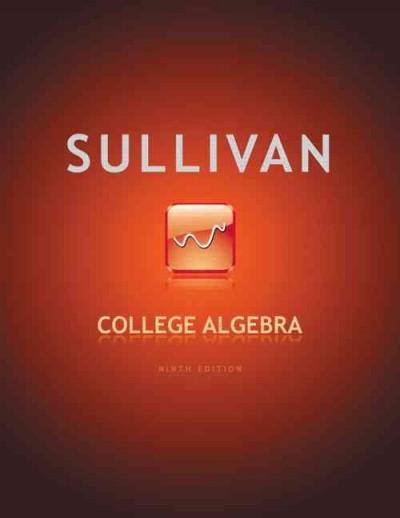Question
References about this question: The t Test for Independent Means; The Distribution of Differences between Means; Estimating the Population Variance; Hypothesis Testing with a t
References about this question: The t Test for Independent Means; The Distribution of Differences between Means; Estimating the Population Variance; Hypothesis Testing with a t Test for Independent Means; Assumptions of the t Test for Independent Means; Effect Size and Power for the t Test for Independent Means
Question 1: If statistical power for a given research study is .30, one can say that: "Assuming the researcher's prediction is correct, the researcher has a __________ chance of attaining statistically significant results."
a. 10%
b. 20%
c. 30%
d. 60%
Question 2: Experiment A: For a known population that is normally distributed, M = 132 and SD = 3.What is the estimated effect size if a sample has a mean of 137?
a. 2.62
b. -.33
c. -1.2
d. 1.67
Question 3: Experiment B: Given the same mean and standard deviation from the above experiment, what would the effect size be if the sample had a mean of 112?
a. -6.67
b. -2.43
c. 6.69
d. 2.62
Question 4: In the two experiments (experiment A and B) above, which experiment gave us the largest effect size?
a. Experiment A
b. Experiment B
c. Both were the same
d. Effect sizes cannot be compared
Question 5: In thinking about a possible experiment, you estimate, based on previous research in the subject, that 68% of population 1 will overlap with population 2's tail beyond the cutoff.How much power do you have?
a. 0.71
b. 1.36
c. 0.68
d. 0.34
Question 6: Let's say you fail to reach statistical significance even though there was a small difference between your means (small effect size). You FAIL to reject the null hypothesis as a consequence.Now you look at power and see that it is very high.What would you conclude?
a. You would have reached statistical significance if you had tried harder
b. You would have reached statistical significance if the research hypothesis were true, but since you didn't, it is unlikely to be true
c. Your results are inconclusive because you had to reject the null hypothesis even though there was a difference between the means
d. You can't draw any conclusions, as power gives you no information whatsoever about you analysis
Question 7: A sample mean is compared to a known population mean but the population variance is unknown.Which test would you use?
Group of answer choices
a. Z test
b. t-test for single sample
c. t-test for dependent means
d. t-test for independent means
Step by Step Solution
There are 3 Steps involved in it
Step: 1

Get Instant Access to Expert-Tailored Solutions
See step-by-step solutions with expert insights and AI powered tools for academic success
Step: 2

Step: 3

Ace Your Homework with AI
Get the answers you need in no time with our AI-driven, step-by-step assistance
Get Started


